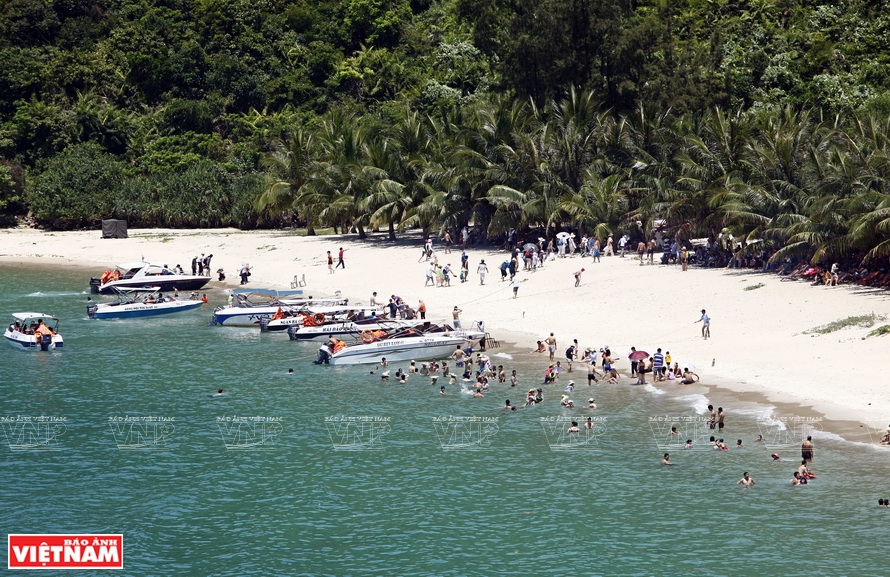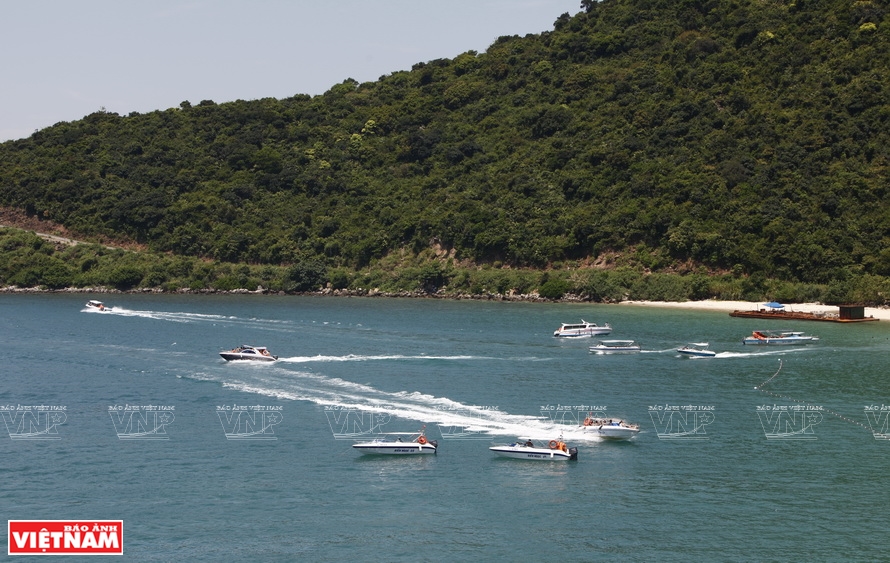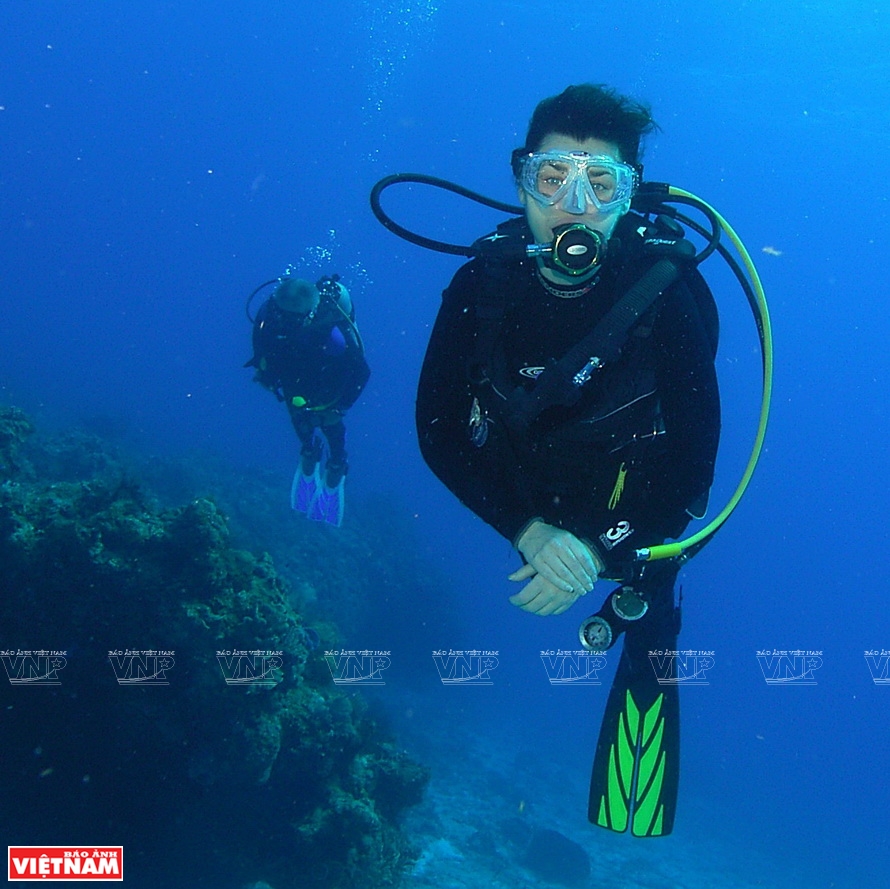The ecosystem and natural environment in Cu Lao Cham (Cham islands)such as forests, the sea, beaches and springs remain intact and untouched by humans. It is this feature that makes the 'raw pearl' what Cu Lao Cham is known as, an eco-tourism destination with an appealing attraction for domestic and foreign tourists every time they go to Hoi An.
In 2009, the island cluster of Cu Lao Cham (Tan Hiep island commune, Hoi An, Quang Nam) was recognized by UNESCO as a biosphere reserve with more than 950 aquatic species being protected. Back in October 2003, the Cu Lao Cham Nature Reserve was established to preserve wildlife on the island. It is one of the 15 marine protected areas of Vietnam (data from 2007).
Currently, Hon Lao is known as the largest island in the Cu Lao Cham chain, which is where most of the population is concentrated. On Hon Lao island, there are many mountains, the highest peak is 517m. The flora is rich, with many primeval forests containing many trees such as red oak. This is also the residence of many kinds of wild animals and sea birds, especially swiftlets.

Cu Lao Cham welcomes over 3,500 visitors every summer. Photo: Thanh Giang/VNP
 Cu Lao Cham Marine Protected Area consists of 8 large and small islands located on more than 5000 hectares of water surface,
Cu Lao Cham Marine Protected Area consists of 8 large and small islands located on more than 5000 hectares of water surface,
which is very suitable for various types of tourism and sports at sea. Photo: Thanh Giang / VNP

Tourists set up tents to stay overnight on Bai Chong beach on Cu Lao Cham island. Photo: VNP
|
According to historical documents, bird’s nests here have been exploited by humans since the 17th century. On the island, there is also a shrine to worship the ancestors of bird's nest collecting. Currently, bird’s nests in Cham islands are ranked among the best in Vietnam. The annual export output of this product brings a considerable amount of foreign currency to the budget of Hoi An.
The diversity of ecosystems on Cu Lao Cham is shown through the terrestrial and aquatic landscapes such as reed beaches, dunes, mangroves, seagrass beds, coral reefs, seaweed and natural forests. That is the premise for the diverse development of unique eco-tourism services on this island.
Right after Cu Lao Cham was recognized as a World Biosphere Reserve, the Hoi An city government outlined plans to develop sustainable eco-tourism on this island together with the environmental protection movements. After more than 10 years of tourism exploitation, Cu Lao Cham is still one of the islands that retain the wild beauty of nature, along with the richness and diversity of flora and fauna ecosystems.
The valued experiences for tourists when going to Cu Lao Cham include pristine beaches, historical landmarks, local activities such as scuba diving to see coral, fishing with fishermen, and enjoying seafood.

|
At Cham islands, local activities are always enjoyed by tourists. The highlight of which is scuba diving to see coral reefs. Diving activities to see the coral and marine life in Cu Lao Cham are stimulating to many tourists. For visitors who want to know more about life under the sea, there are snorkeling tours, or walking in the ocean to fully explore the vast array of colorful coral reefs, touching fish, and night squid fishing.
|
Cu Lao Cham is located off the east coast from Hoi An, 18km from Cua Dai port and 48km from Da Nang. |
As an island off the coast with primeval forests, cultural and historical sites that have been around for hundreds of years, where nature still retains its original wild beauty, Cu Lao Cham has become the pearl of the region with incredible charm.
Story: Thao Vy Photos: VNP & files Translated by Hong Hanh